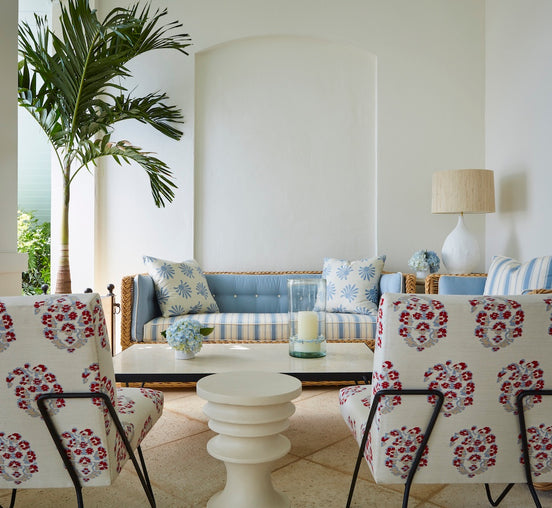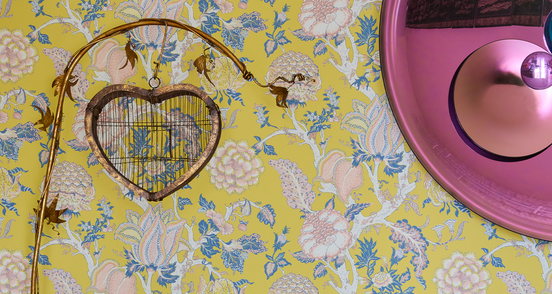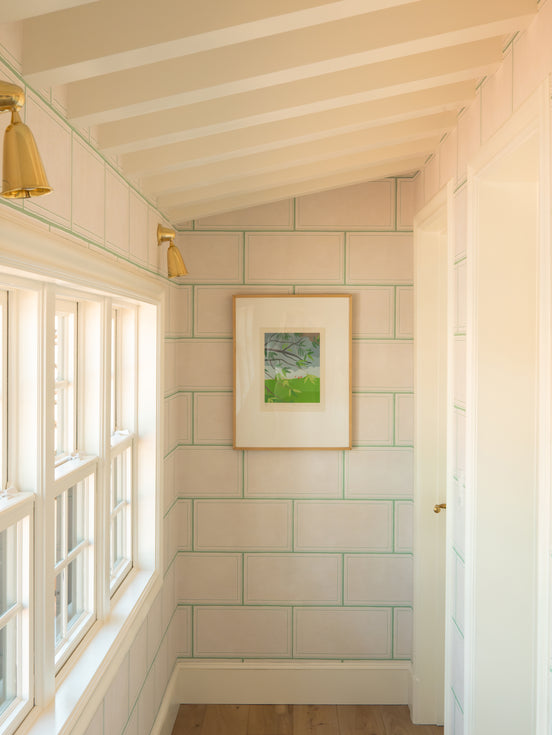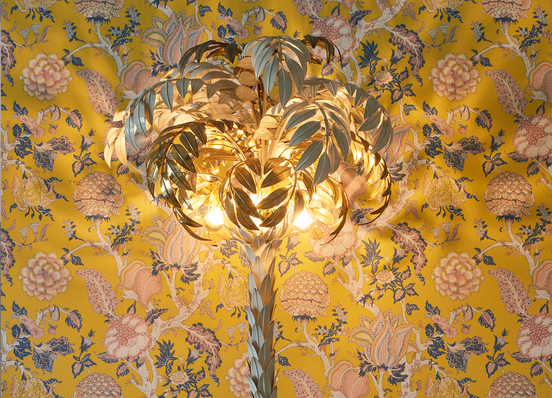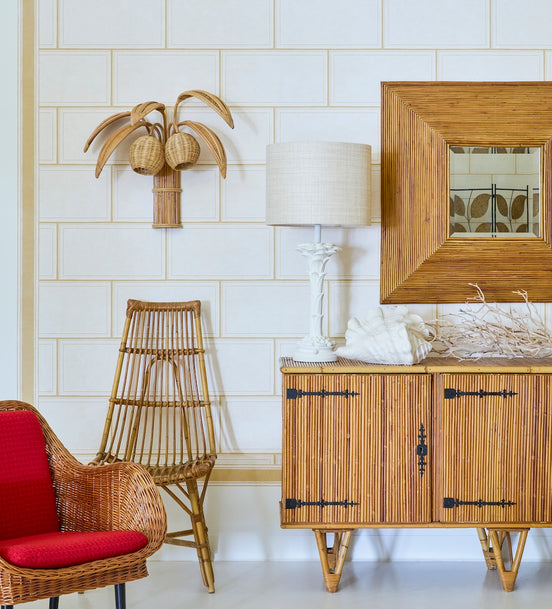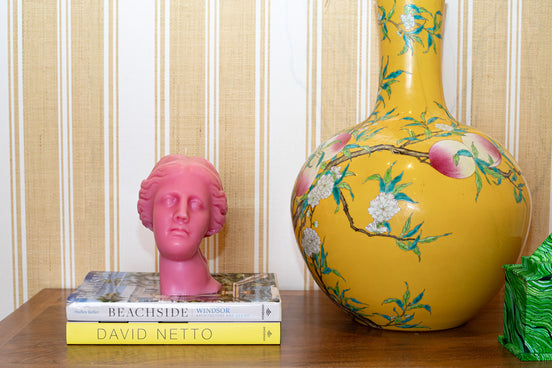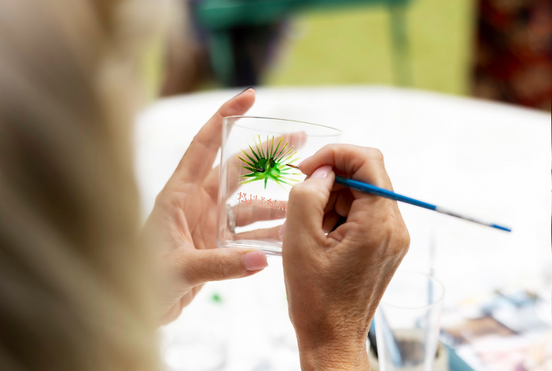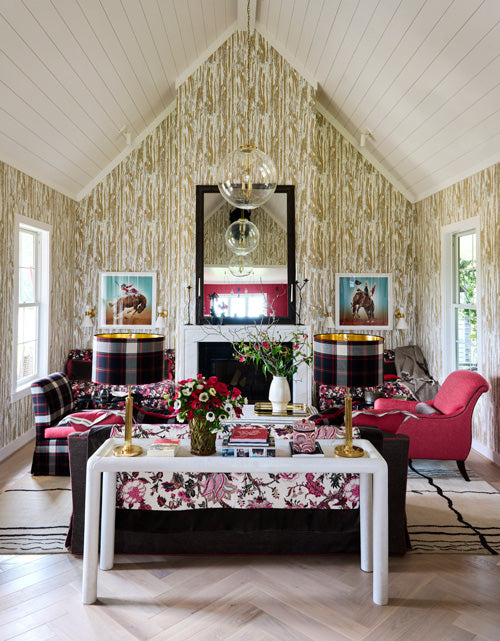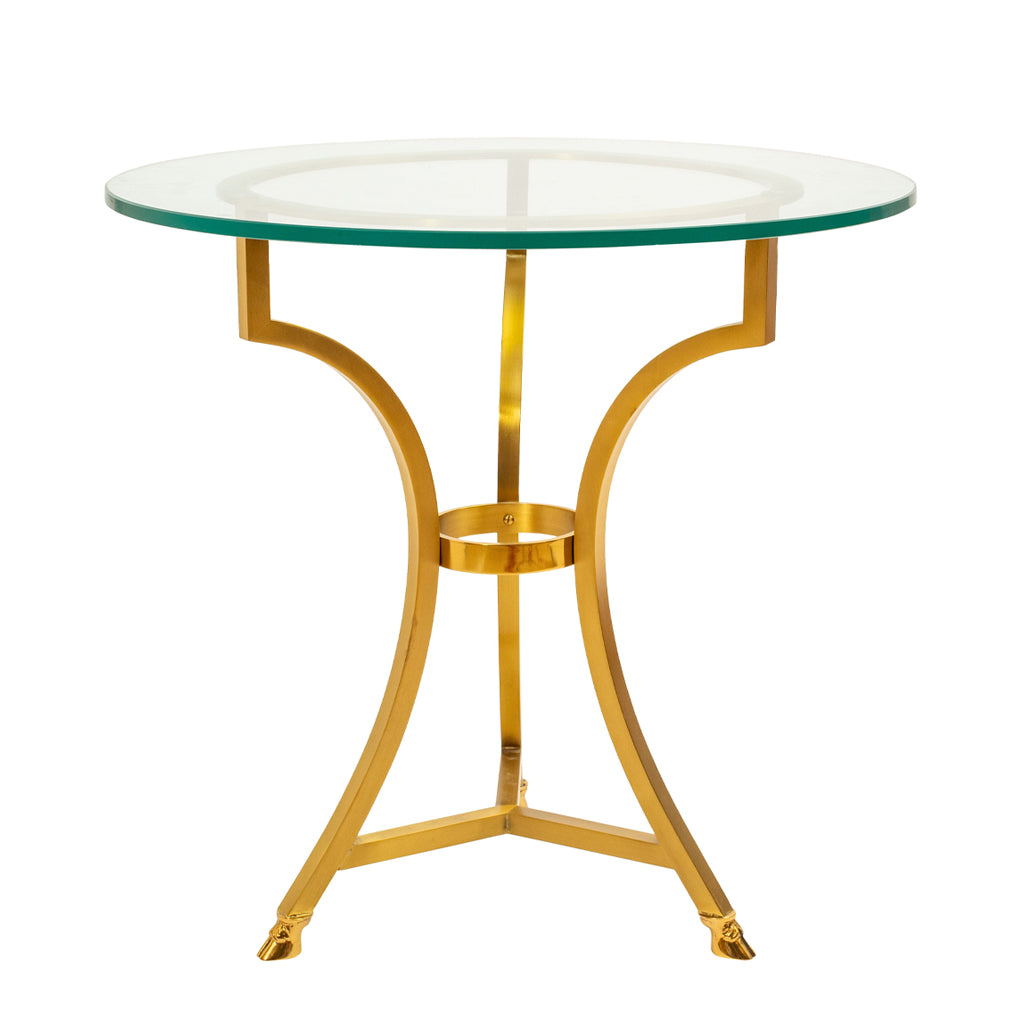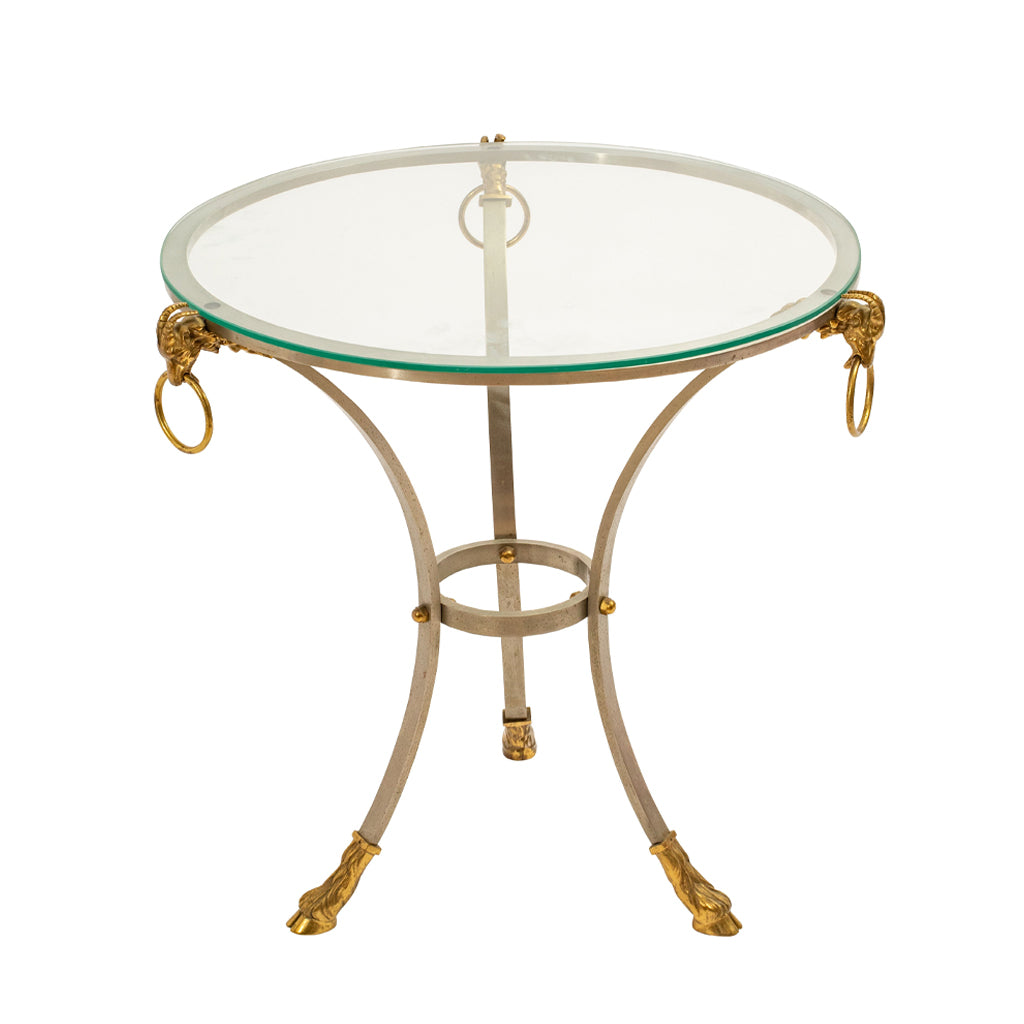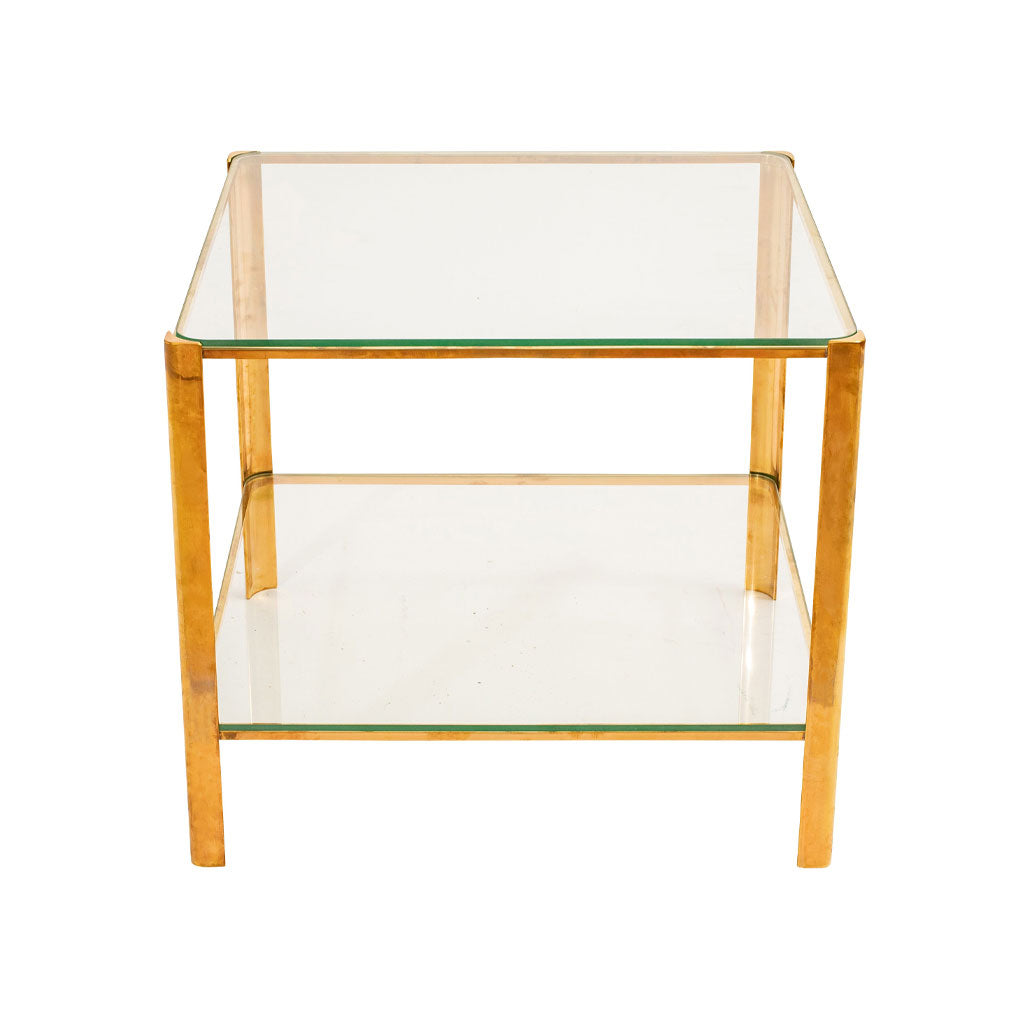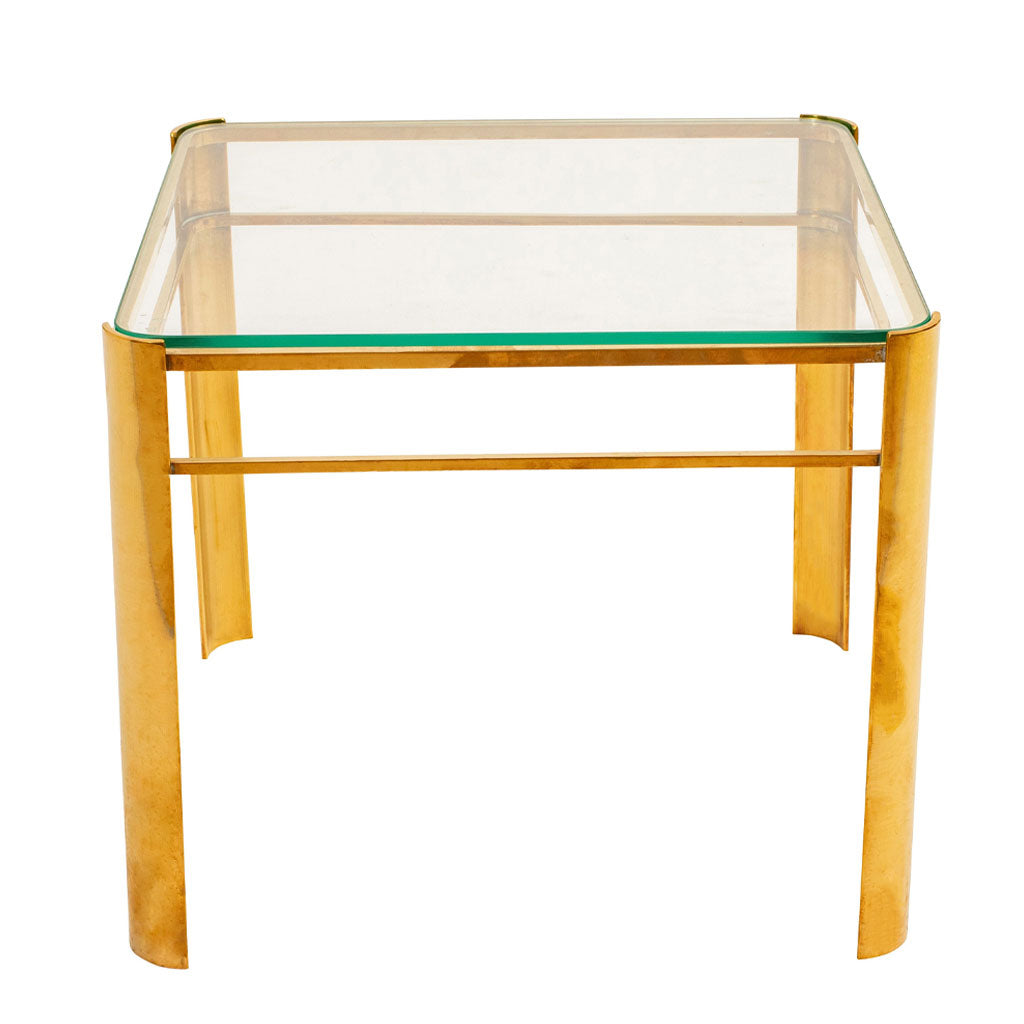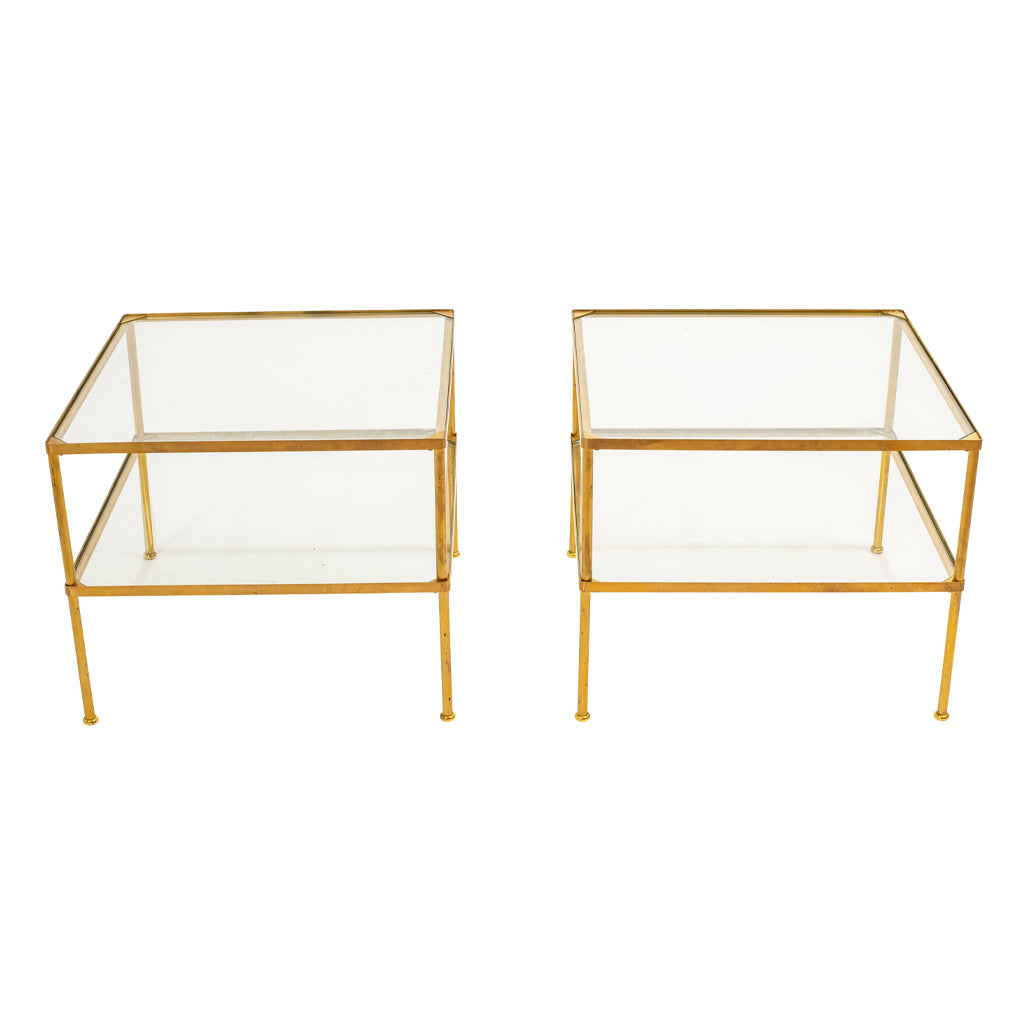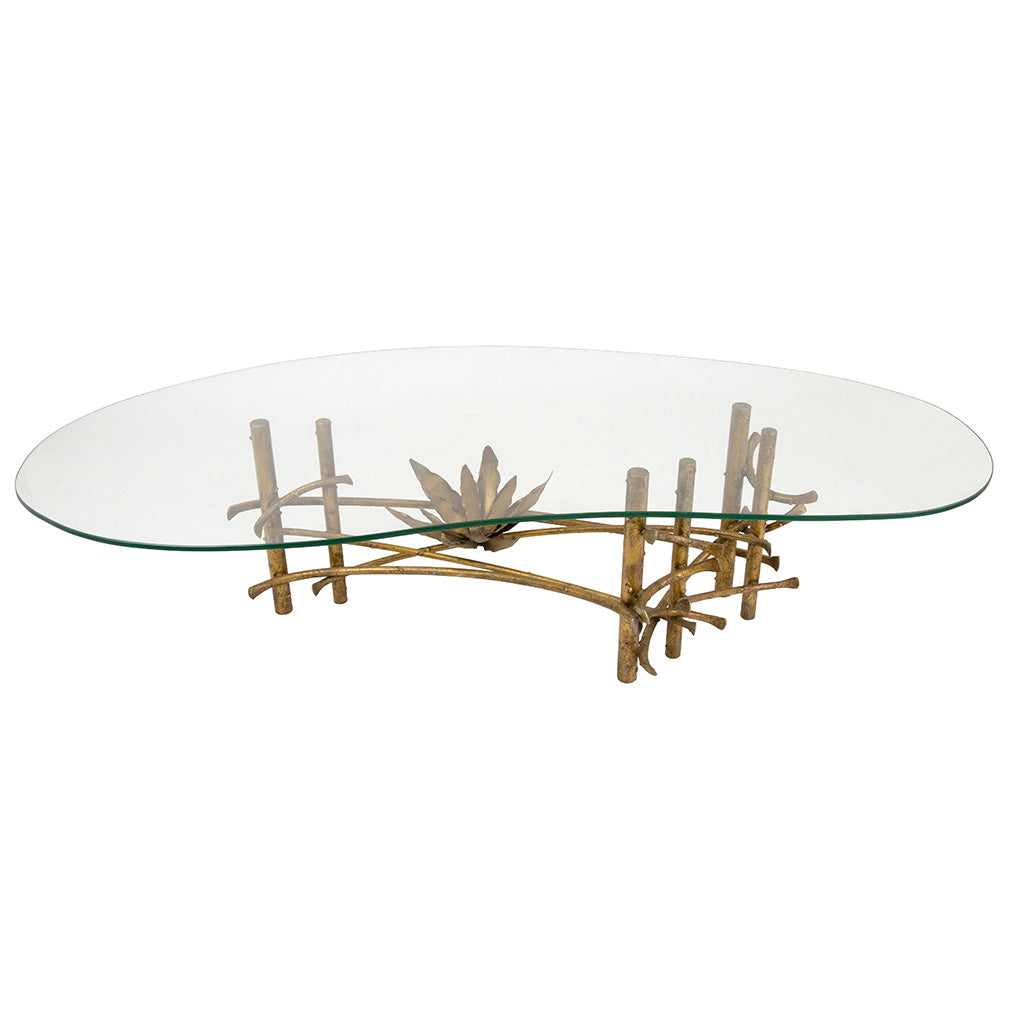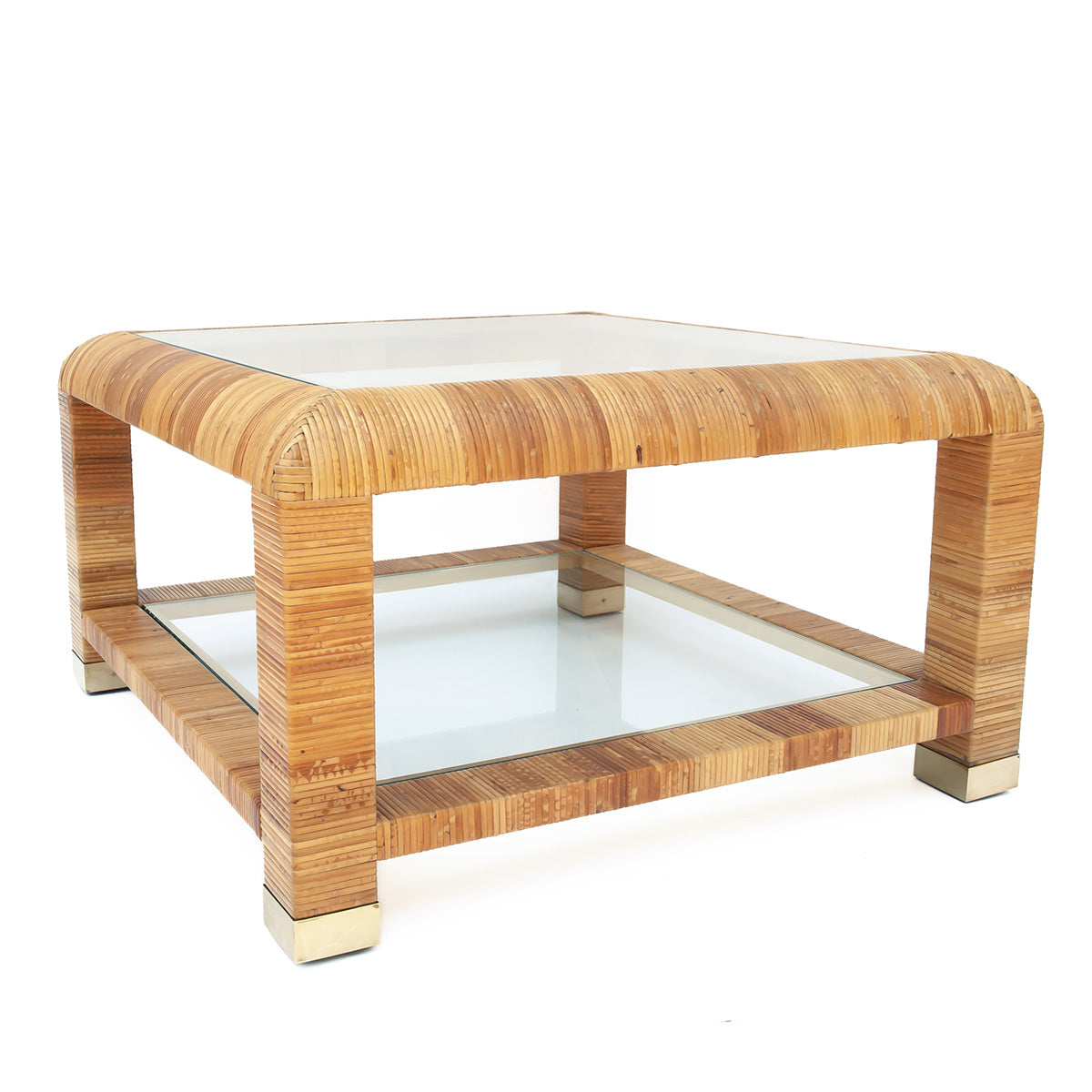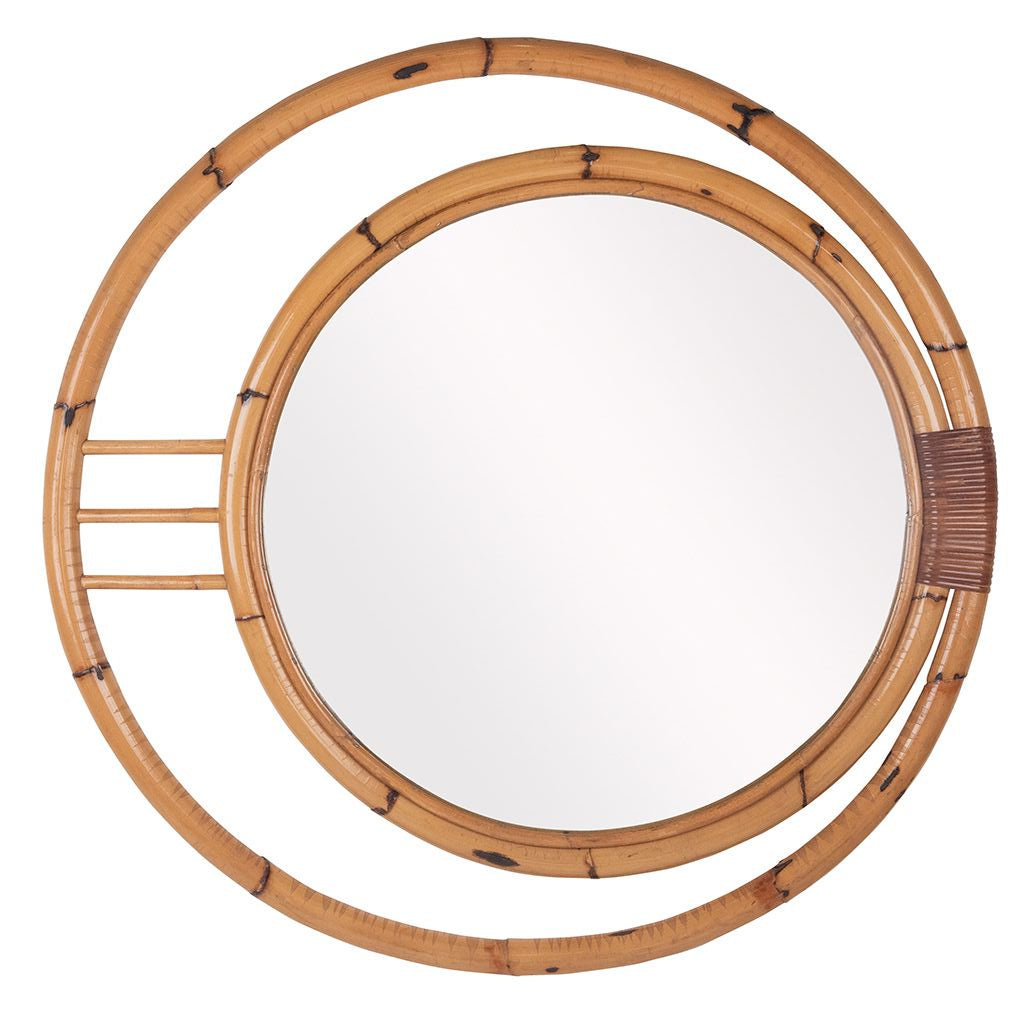They visually declutter a space and remove any interruption caused by opaque surfaces. It helps that glass tables often have slender frames to give an open-air feel that widens a room.
Murano glassmakers were producing mirrored and decorative glass for cabinets, chests, and tables as early as the Renaissance, but the concept of a functional glass tabletop really hit its stride with 15th century Venetians. In the 17th and 18th centuries, Rococo and Baroque opulence upped the glamour factor with ornate detailing like gilding and verre églomisé inlaid tabletops—often finished with delicate legs and intricate filigree that allowed light to pass through.

